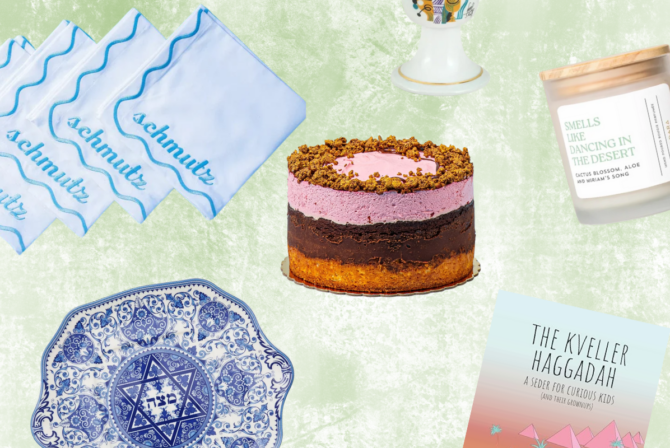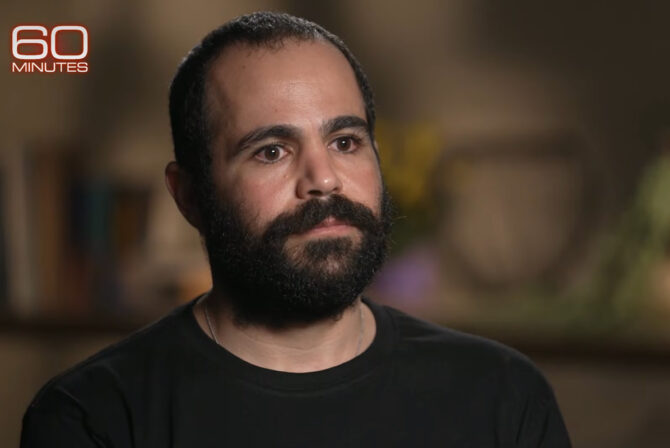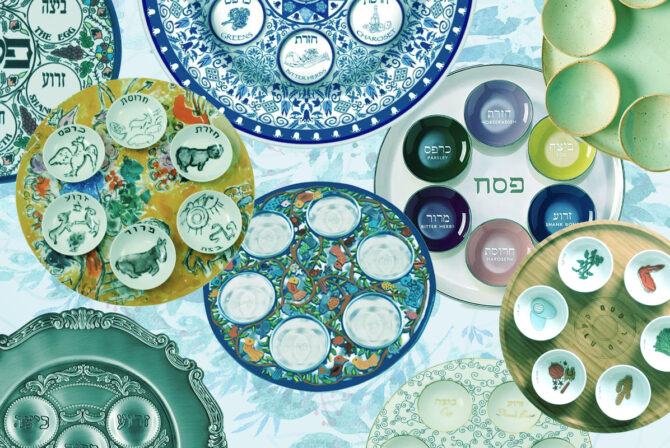“Are you sure?” my OB asked at my very first appointment. “Yes,” I replied without hesitation. “Absolutely.”
Joking about my husband, the rabbi, she scheduled my third C-section for December 24th because “of course, the rabbi’s kid should be born on Christmas eve.” I laughed and then immediately requested that my tubes be removed during the surgery.
I was 37, it was our third child, and I knew we were done. My husband and I had discussed it already and had both agreed.
I signed the consent form and went on my way. I didn’t give it a moment of thought again for months.
Up at camp later that summer, I was talking to the rabbi who would officiate the naming ceremony for our unborn, final child. And I asked, “What can we do to mark this moment as the completion of our family? Is there any kind of ritual, or ceremony, to celebrate the ‘wholeness’ of the five of us, since we know with certainty that there will be no more?”
“No one has ever asked me that,” he said, looking at me quizzically. “Let me think about it.”
His response intrigued me. No one? Really? Why not?
As Jews, we have the opportunity to celebrate all kinds of time and order bound transitional moments through ritual. Pidyon Haben celebrates the redemption of the first-born son. A mezinka ceremony celebrates the parents who are marrying off their last child. Why couldn’t I celebrate the birth of my last-born?
In graduate school, I interned at Mayyim Hayyim, a progressive community mikveh in Boston, and was well-schooled on reclaiming ancient ritual, reinterpreting and reimagining traditional Jewish practice to speak to my modern sensibilities. But with this, there was nothing to re‐envision.
It does make sense, of course. There was no option of getting your tubes tied or removed in the days of the Torah and Talmud, so you couldn’t ever know for certain you weren’t having any more children. And we didn’t want to publicly celebrate the “closing of the womb” in any way that would be hurtful to those in our community who were struggling with infertility.
But I kept searching, feeling strongly that I needed to recognize this “finality” when we welcomed him into our community. This baby would complete us, and I wanted to celebrate that with the same intentionality, uniqueness, and thoughtfulness with which we planned our other two children’s welcoming ceremonies.
In the end, my search revealed nothing and so we did what we do best. We created our own ritual.
We welcomed our last-born into our family on a Saturday evening with
havdalah
–a ceremony that celebrates transitions from the holy to the mundane, from the extraordinary to ordinary. Conveniently,
havdalah
uses three symbols (a braided candle, a spice box, and a cup of wine), which we described in a way that was representative of each of our three children, choosing the spice box for the baby. We provided a variety of different spices, each one with an explanation and associated blessing for the baby, that people could choose and pour into our “family spice box”–a box now filled with not only sweet smelling fragrances but a multitude of blessings for our family.
We named him Roey. He is extraordinary. Of that, I am absolutely sure.
Like this post? Get the best of Kveller delivered straight to your inbox.








